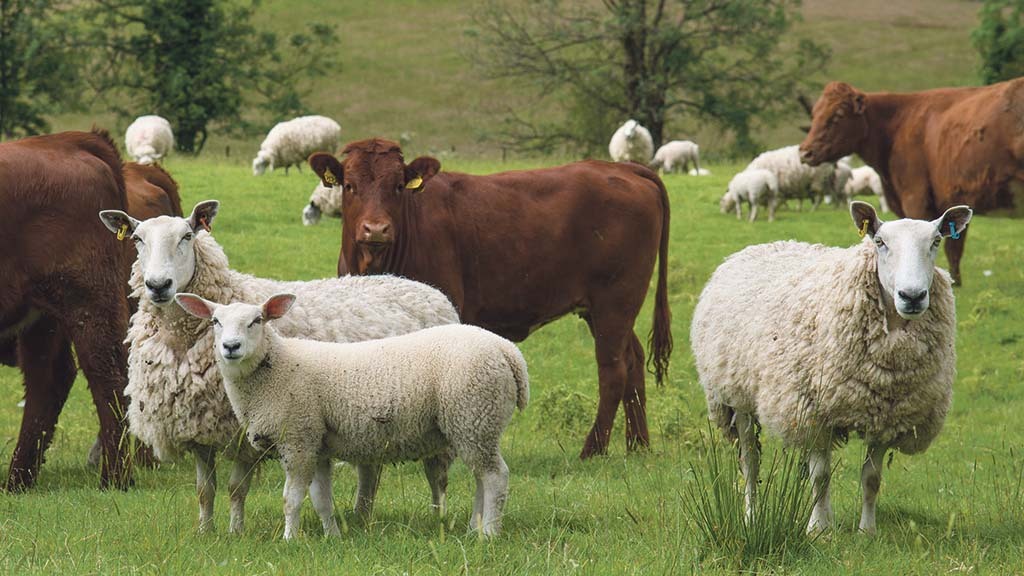One of the most important issues within the agri-food sector and its supply chain is the presence of by-products that are often treated as wastes and discarded immediately to waste disposal at a cost, or into low value applications. Discarding by-products, is often an inefficient use of resources and may lead to a lost revenue-generating opportunity. Hence, the implementation of a circular economy could prevent these lost opportunities, since the circular economy utilizes such wastes as resources for other processes. There are several approaches to implement circular economy concepts within the farm supply chain. Some approaches aim to include composting organic wastes into fertilizer. The fertilizer is then used in the agricultural sector to produce crops for food or livestock applications for the plant-based food product supply chain. Other approaches utilize the remanufacturing and recycling processes (Nattassha et al., 2020). A notable example is the AgriChemWhey project which aims to develop the first integrated biorefinery for converting dairy industry food-processing by-products, mainly whey permeate, into products such as bioplastics, bio-based fertilizer and mineral supplements for packaging, fertilizers and human nutrition applications (European Commission, 2019).

The livestock sector already makes a significant contribution to the circular economy, partially due to the co-production of feed materials. Many feed materials such as brewers’ grain, oilseed meals and wheat bran, are often derived as co-products from primary processes whereby the main purpose was to provide customer products, such as food, oils or alcohol (Oldfield et al., 2016). Such products are deemed co-products since their production is unavoidable during the manufacturing process. However, harnessing these co-products supports the sustainability and profitability of the entire food production system. The use of co-products in the feed market adds economic value to the original feedstock and it also contributes to the competitiveness of the livestock farming sector through the availability of alternative and cost-efficient feed materials (Cooper and Weber, 2012). Notably, the value of co-products as feedstuffs is reliant on producers maintaining the nutritional integrity and safety during production, handling, storage, and transportation. This means that producers are not treating co-products like discarded waste but are treating them in the same manner as the main product (The European Feed Manufacturers’ Federation, 2019). Moreover, a British biotechnology start-up (Deep Branch) is converting industrial greenhouses gases into protein for animal fodder. The company uses a process it says can help to feed the world’s growing population while simultaneously being sustainable. Deep Branch uses micro-organisms to synthesize carbon dioxide (CO2), the main climate-warming greenhouse gas, into a protein-rich powder. This can be used in livestock feed, enabling farmers to reduce their reliance on traditional ingredients such as soy and fishmeal. These consume huge amounts of land and fish stocks that can instead be utilized to produce food for the growing population of humans (McCord, 2021).
Another transition to the circular economy for animal feeds is through the production of gelatine. Edible gelatine co-products include highly valuable feed ingredients that can be used in feeds for both food-producing and non-food-producing animals. Other by-products from the gelatine manufacturing process includes dicalcium phosphate dihydrate which is a source of calcium and phosphorus for food-producing farm animals. Furthermore, crushed bones are degreased and demineralized using diluted hydrochloric acid before calcium phosphate is added. The end-product is then suitable for application in feedstuffs for pigs, poultry, pets and aquafeed. Hence, the gelatine manufacturing process maximises the value of by-products to supply the feed industry with high value protein products, minerals, and greases. Fundamentally, the gelatine manufacturing process has a positive impact on environmental sustainability and supports the circular economy (FEFAC, 2020).
References
COOPER, G. & WEBER, J. A. 2012. An outlook on world biofuel production and its implications for the animal feed industry. BIOFUEL CO-PRODUCTS AS LIVESTOCK FEED, 1.
EUROPEAN COMMISSION 2019. Bioeconomy : the European way to use our natural resources: action plan 2018, Directorate-General for Research and Innovation.
FEFAC. 2020. Resource efficiency champions: Co-products, an essential part of animal nutrition. Available: https://fefac.eu/wp-content/uploads/2020/07/05362_co-products_brochure_003-1.pdf
MCCORD, M. 2021. This is how CO2 can be transformed into food for animals. World Economic Forum.
NATTASSHA, R., HANDAYATI, Y., SIMATUPANG, T. M. & SIALLAGAN, M. 2020. Understanding circular economy implementation in the agri-food supply chain: the case of an Indonesian organic fertiliser producer. Agriculture & Food Security, 9, 10.
OLDFIELD, T., WARD, S., WHITE, E. & HOLDEN, N. 2016. The ‘circular economy’ applied to the agriculture (livestock production) sector – discussion paper.
THE EUROPEAN FEED MANUFACTURERS’ FEDERATION. 2019. Circular economy [Online]. Available: https://fefac.eu/priorities/sustainability/circular-economy/